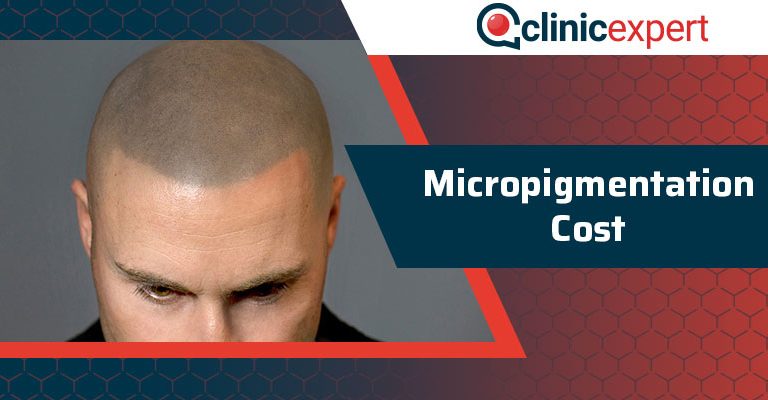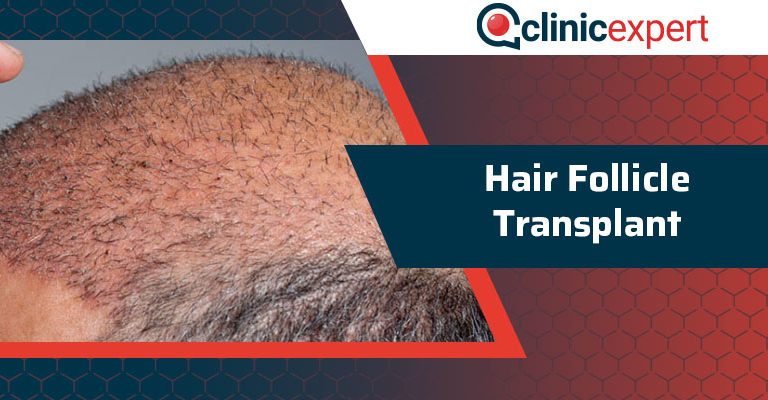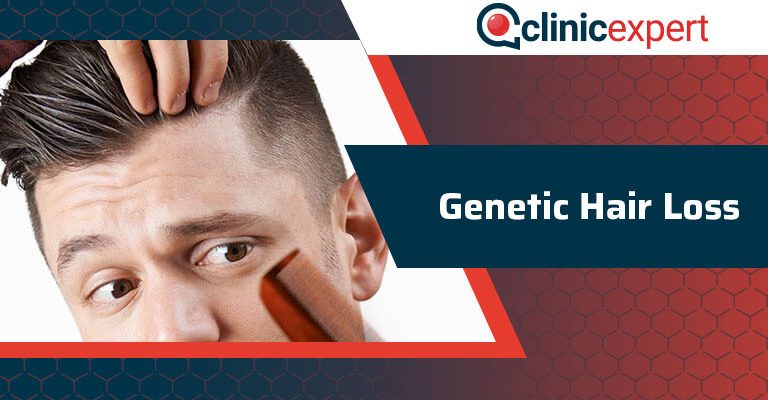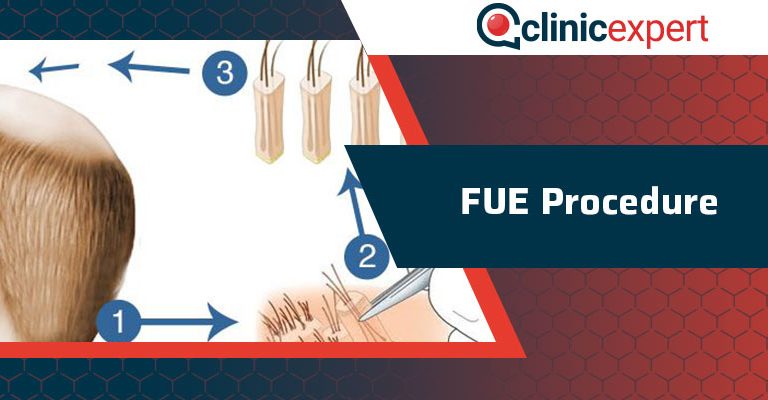Micropigmentation Cost Hair loss, sometimes referred to as Alopecia, is a condition many people deal with. About 85 percent of men lose their hair by the age of 50, and 40 percent of women start losing their hair by the age of 40, according to the hair loss association. Fortunately, there are many hair restoration options now. Scalp micropigmentation is one of the most common hair loss treatments.
Laser Hat For Hair Growth Many men and women grew fuller, thicker hair, and during this period they again gained their confidence. The Low-level Laser Therapy (LLLT) used withinside Laser Hair Growth Cap is clinically verified to treat hair loss. Laser Caps for hair loss are portable, effective, and hands-loose mainly designed for ease of use. Laser Caps have treated tens of thousands and thousands of patients, and we’ve observed that the simpler and extra effective the tool, the higher the hair increase results. That’s why we created to be the most effective, simplest laser hair increase tool on the planet! With passing time comes the evolution of generation.
Hair Follicle Transplant Hair production starts in intrauterine life and continues throughout a person's lifespan. While the hair is thin and light in uterine life, it starts to thicken and darken after birth. There are around 100 thousand hair follicles on a baby's scalp. Our hair grows and sheds after a certain amount of time, but it is replaced by hair follicles. While there are interpersonal differences, 80 to 120 hair strands will be shed every day as a part of the natural life cycle of body hair. Each hair strand progresses through the development, rest, and shedding processes. Hair loss is considered when the hair is shorter, rather than the normal hair sheds while combing and washing, and when the front hairline recesses.
Genetic Hair Loss There are various styles and reasons for hair loss (alopecia). Hereditary hair loss is common and natural in families.
FUE Procedure. Follicular Unit Extraction, or FUE procedure, is a preferred hair transplant method in order to offer patients without hair a thicker hair appearance naturally. Just the opposite of more invasive techniques like follicular unit transplantation. The FUE technique is applied manually, from extraction to transplantation, by a skillful hair transplant doctor. Before the dissection of the follicles begins, the donor section of the scalp will first be shaved to supply the doctor with better visualization so as to not over-harvest areas. The donor area will then be cleansed and anesthetized with an area numbing agent.





